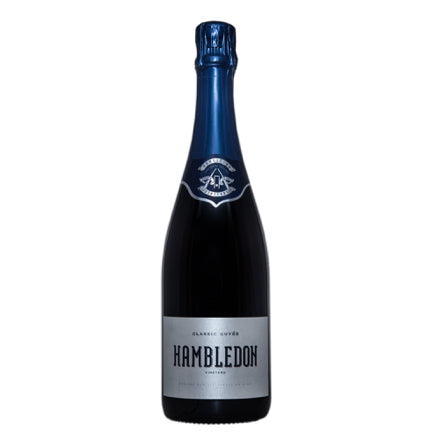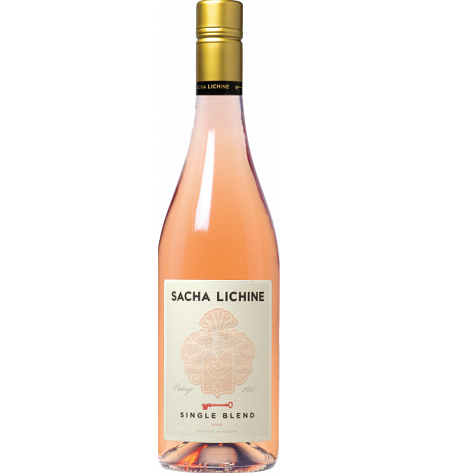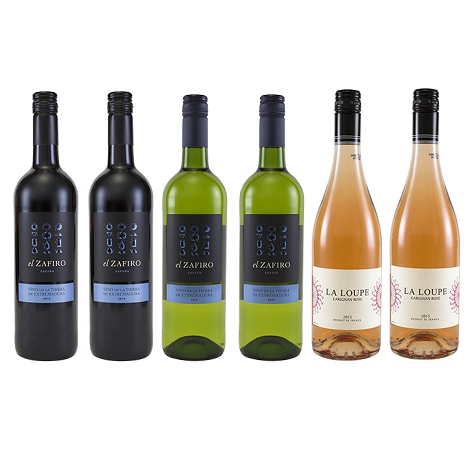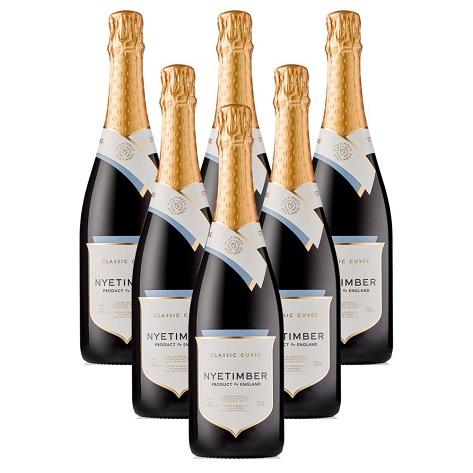Hambledon Classic Cuvée
£30.00 per bottle
TASTING NOTE
Fresh sourdough, magnolia and lily scents mingle with a hint of
smoke over a core of greengage, red plums and dessert apples.
The Palate is vivid, almost vibrantly crunchy with precise,
structured yet ripe acidity. It is linear, dense and long with
momentum and power that bodes well for the future. This wine
has energy and latent tension that will unfold to reveal layers of
floral and stone fruit aromas and a rich palate with great length.
ASSEMBLAGE
BLEND: 56% Chardonnay, 27% Pinot Noir, 23% Pinot Meunier,
mostly from the 2016 harvest, with barrel-aged reserve wine
from 2010.
DOSAGE: 4.5 g/l
16/20 - Lively but still quite youthful with notable acidity still evident.
Jancis Robinson - June 25th 2019
HAMBLEDON HISTORY
Established in 1952 by Major General Sir Guy Salisbury-Jones, Hambledon in the South Downs is England’s oldest commercial vineyard.
Ian Kellett acquired Hambledon Vineyard in 1999. As a passionate wine lover, Ian was intrigued by the winemaking heritage of the property. After analysing the commercial potential for English wine, he began studying oenology at Plumpton College in Sussex with a view to restoring Hambledon to its former glory.
Research convinced him that sparkling wines were the future and in 2005 Ian planted a 10-acre ‘test bed’ of Chardonnay, Pinot Noir and Pinot Meunier to see which of the 27 different combinations of vine clones and rootstocks gave the best results. Hambledon Vineyard now comprises over 200 acres of vineyards and the only gravity-fed, state-of-the-art winery in the UK. Work has begun on extending the cellars and wine storage to ensure that all the wine produced can be aged successfully on site. A tasting room and visitor centre is also planned on top the cellar to be completed for Early 2020.
The chalk on which the vines grow was formed on the seabed of the Paris basin some 65 million years ago. It is part of the Newhaven Chalk formation that developed between the Santonian and Campanian eras of the Upper Cretaceous period. The same chalk, with the same Belemnite content, is found in the best Chardonnay areas of the Côtes des Blancs in Champagne and is thought to be a key factor in the quality of the wines.
In 2011 one of the other final pieces of the jigsaw slotted into place with the appointment of Hervé Jestin, formerly one of Champagne’s leading chefs de cave. A renowned expert in minimal-intervention winemaking, Hervé directs all winemaking at the Estate.
Today, the House produces three cuvées, all of which are currently Chardonnay-led, non-vintage blends, capitalising on the quality of the chalky terroir of the South Downs and its ability to produce top quality wines.







